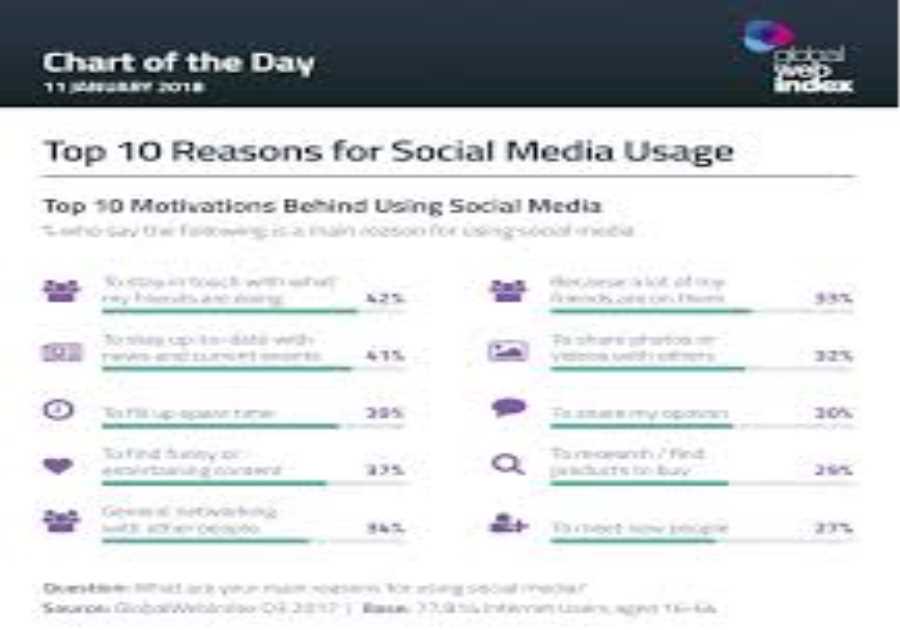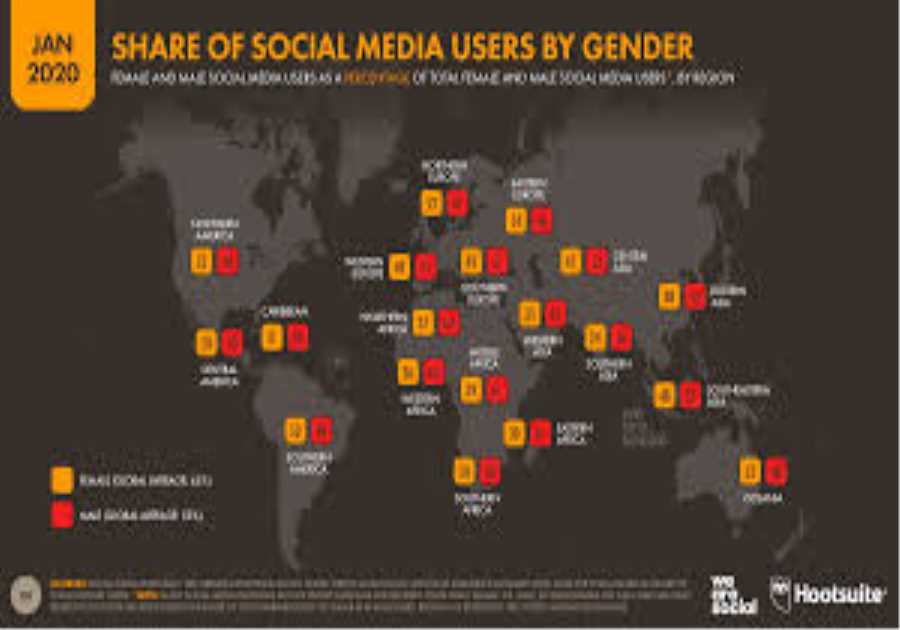
The shift to remote and hybrid work has reshaped the business landscape in many ways. But, this evolution has simultaneously amplified the challenges of cyber security – especially across multi-national businesses, or those with a distributed workforce. For Chief Technology Officers and security officers, the mandate remains: protect the organisation’s digital assets.
Yet, the security perimeter, once a well-defined corporate network, has dissolved into a myriad of unsecured home networks, personal devices, and public Wi-Fi hotspots.
Cybersecurity is not merely an IT concern; it is a foundational element of business resilience and continuity. Every piece of data, every system, and every employee represents a point of vulnerability. In this new, dispersed environment, the old adage rings truer than ever: a chain is only as strong as its weakest link. The biggest challenges for cyber security managers today stem from a complex interplay of human factors, technological sprawl, and an ever-accelerating threat landscape. Successfully navigating these waters requires moving beyond traditional defences and adopting a proactive, adaptive, and human-centric security posture.
The Expanded Attack Surface in Remote Work
The most immediate and critical challenge posed by the hybrid model is the exponential expansion of the attack surface. Every home router, personal laptop, and cloud application used by a remote employee becomes a potential entry point for malicious actors.
Unsecured Endpoints and BYOD
In a physical office, devices are typically company-owned, centrally managed, and protected by corporate-grade security. Remote work often sees employees using personal devices (Bring Your Own Device – BYOD) for work. These devices often lack the mandated security configurations, up-to-date antivirus software, or crucial security patches that corporate devices possess.
Endpoint Security Management: Security managers face the difficult task of enforcing robust security policies on devices they do not fully control. This includes ensuring device encryption, regular software patching, and the mandatory use of Endpoint Detection and Response (EDR) tools.Unsecured Networks: Remote workers frequently connect through home Wi-Fi networks, which are often protected by weak, default passwords or outdated encryption protocols. Furthermore, using public Wi-Fi in cafes or co-working spaces without a Virtual Private Network (VPN) leaves data unencrypted and easily interceptable. This lack of network control is a significant contributor to the increasing cyber security challenges.Cloud Security Complexity
The hybrid workforce relies heavily on cloud-based applications for collaboration and data storage. While the cloud offers accessibility, it introduces a shared responsibility model for security. Misconfigurations in cloud services—which are common—become a severe vulnerability. Security managers must ensure rigorous Identity and Access Management (IAM) and continuous monitoring across multiple cloud environments to prevent breaches.
The Human Element: Awareness of the Problem
Despite advancements in security technology, the human element remains the single weakest link in the cybersecurity chain. Social engineering attacks prey on human error, trust, and fatigue, making awareness of the problem a core challenge for security managers.
Phishing and Social Engineering
Remote employees are often more susceptible to phishing and social engineering attacks. They may lack the immediate peer or IT support to verify suspicious communications and the security-conscious atmosphere of an office. Modern phishing campaigns are highly sophisticated, often impersonating senior executives (spear phishing) or trusted services to trick employees into divulging credentials.
Digital Fatigue and Complacency
The sheer volume of digital communication and the blurring of work-life boundaries in the hybrid environment contribute to digital fatigue. Overwhelmed employees are more likely to let their guard down, click on a malicious link, or reuse weak passwords. Security managers need to counter this not with fear-mongering, but with practical, engaging, and regular security awareness training that fosters a culture of security vigilance.
This training should be continuous, evolving to address the latest threats, and measured for effectiveness. Hiring a cybersecurity content strategist can be a great way to create content designed to engage and inform employees such as training documentation, relatable video or social content and much more.
The Scourge of Shadow IT
Avoiding Shadow IT, the use of unapproved or non-standard hardware or software within an organisation, is another major hurdle. When sanctioned corporate tools are perceived as cumbersome or inefficient, employees will often seek out easier, readily available alternatives, especially cloud-based services.
Motivation and Risk
Employees resort to Shadow IT out of a desire for productivity and convenience. They may use a consumer-grade file-sharing service or an unsanctioned collaboration app to quickly share a large document.
Data Leakage Risk: The unapproved tool is outside the security team’s visibility and control, meaning it likely lacks the necessary encryption, access controls, and compliance features, leading to significant risks of data leakage and non-compliance with data protection regulations.Mitigation Strategy: Security managers cannot simply block all non-approved tools. A successful strategy involves a collaborative approach: understanding why employees use these tools, providing user-friendly and secure approved alternatives, and implementing Cloud Access Security Broker (CASB) tools to detect and manage cloud services in use, sanctioned or not.The Velocity of Cyber Threats
The challenge of rapid developments in cyber threats is constant, forcing CTOs and security officers into an ongoing, high-stakes arms race against sophisticated adversaries.
Evolving Threat Actors
Cybercriminals are increasingly adopting new technologies and operating with greater organisation and efficiency.
Ransomware-as-a-Service (RaaS): This business model allows low-skilled criminals to launch devastating attacks, scaling the frequency and intensity of ransomware incidents. Attacks are increasingly targeting data exfiltration alongside encryption, imposing a double extortion threat.AI-Enhanced Attacks: The use of Artificial Intelligence (AI) by threat actors is making phishing emails more convincing and is speeding up the discovery of system vulnerabilities. Security officers must invest in their own AI and Machine Learning (ML)-based defence tools to keep pace, leveraging these technologies for advanced threat detection and automated incident response.Zero-Day Vulnerabilities and Patch Management
The emergence of zero-day vulnerabilities (flaws unknown to the vendor) requires rapid response. Even for known vulnerabilities, the distributed nature of the hybrid workforce complicates patch management. Ensuring every remote endpoint applies critical security updates promptly is a logistical and technical challenge that, if failed, can leave the entire organisation open to mass exploitation.
Compliance and Regulatory Oversight
For any organisation handling sensitive data, compliance with a complex web of international and sectoral regulations is non-negotiable. The hybrid model makes demonstrating this compliance significantly harder.
Jurisdictional Complexity
Regulations like the General Data Protection Regulation (GDPR) in Europe, HIPAA in the healthcare sector, and PCI-DSS for payment processing require strict control over where and how sensitive data is accessed, stored, and processed. Remote workers operating across different jurisdictions, using personal devices, and potentially storing data in unapproved cloud services create a massive compliance headache.
Auditing and Visibility: Security managers struggle to maintain the necessary audit trails and complete visibility across a dispersed infrastructure. Proving that data protection standards are met on an employee’s home network is nearly impossible with traditional methods.Enforcement: A major part of the compliance challenge is enforcement. Policies are only effective if they can be consistently applied, regardless of the employee’s location. This drives the need for automated compliance monitoring and security policies that follow the data, not the network perimeter.Strategic and Organisational Impact
Beyond the technical and human challenges, cybersecurity managers and CTOs face significant strategic and organisational pressures.
Security Budget and ROI
Security requires substantial and ongoing investment, yet proving the Return on Investment (ROI) for security measures (i.e., preventing an event that didn’t happen) can be difficult when presenting to the board. CTOs must become adept at translating technical risks into business-level consequences, justifying investments in sophisticated tools and continuous training by highlighting the potential costs of a breach (fines, reputational damage, operational downtime).
Talent and Skills Gap
The demand for skilled cybersecurity professionals far outstrips supply, leading to a persistent skills gap. Security managers often struggle to recruit and retain talent capable of managing the modern security stack, especially one that includes cloud security, AI-based defence, and complex compliance frameworks. This talent scarcity forces many to rely on managed security service providers (MSSPs) or to invest heavily in upskilling existing IT teams.
The Shift to Zero Trust
The amalgamation of these challenges necessitates a paradigm shift in security architecture. Many CTOs are now spearheading the move toward a Zero Trust security model.
Principle: Zero Trust operates on the principle of “never trust, always verify.” It assumes no user, device, or network is trustworthy by default, regardless of their location.Implementation: This involves strictly enforcing Multi-Factor Authentication (MFA), applying the principle of least-privilege access (only giving users access to the resources absolutely necessary for their job), and continuous monitoring of all access attempts and activity. While a major undertaking, Zero Trust is fast becoming the most effective answer to the distributed nature of the hybrid workforce, directly mitigating the risks associated with unsecured endpoints, Shadow IT, and compliance failure.In summary, the modern cyber security challenges for CTOs and security officers are comprehensive, stretching from the technical vulnerabilities of unmanaged devices and the complexities of cloud infrastructure to the strategic hurdles of compliance and talent retention.
The biggest challenge, however, remains the human one.
Successfully securing the hybrid future will depend not just on implementing the latest technology, but on building a culture of security where every employee understands their role as a frontline defender. This means addressing the expanded attack surface, managing Shadow IT, ensuring robust compliance, and outmanoeuvring rapidly developing threats. By building a cyber security communication plan, cyber security leaders can transform a period of unprecedented challenge into an opportunity for true digital resilience and secure business growth.
This continuous process of adaptation and vigilance is the price of operating in the connected digital age, making the role of the cyber security manager more critical than ever before.
The post The Biggest Challenges for Cyber Security Managers appeared first on Social Media Explorer.
Did you miss our previous article...
https://socialmediaamplification.com/social-media-analysis/how-to-write-a-press-release-that-gets-picked-up-by-journalists






